An optical fiber is a type of wire that is made out of glass and can transmit information in the form of light. It’s used in a system called integrated wiring, which helps connect different devices and machines together.
Instead of traditional copper wires that use electrical signals for data transmission, fiber optical cables are the best solution for long-distance data transmission. It is super fast as it uses light signals to transmit data.
Table of Contents
What are fiber optic cable components?
- Core
- The core is the physical medium that transports optical signals from an attached light source to a receiving device.
- Cladding
- The cladding is a layer of glass that surrounds the core and helps to keep the light signal within the core.
- Coating
- The coating is a layer of protective material that surrounds the cladding and helps prevent fiber damage.
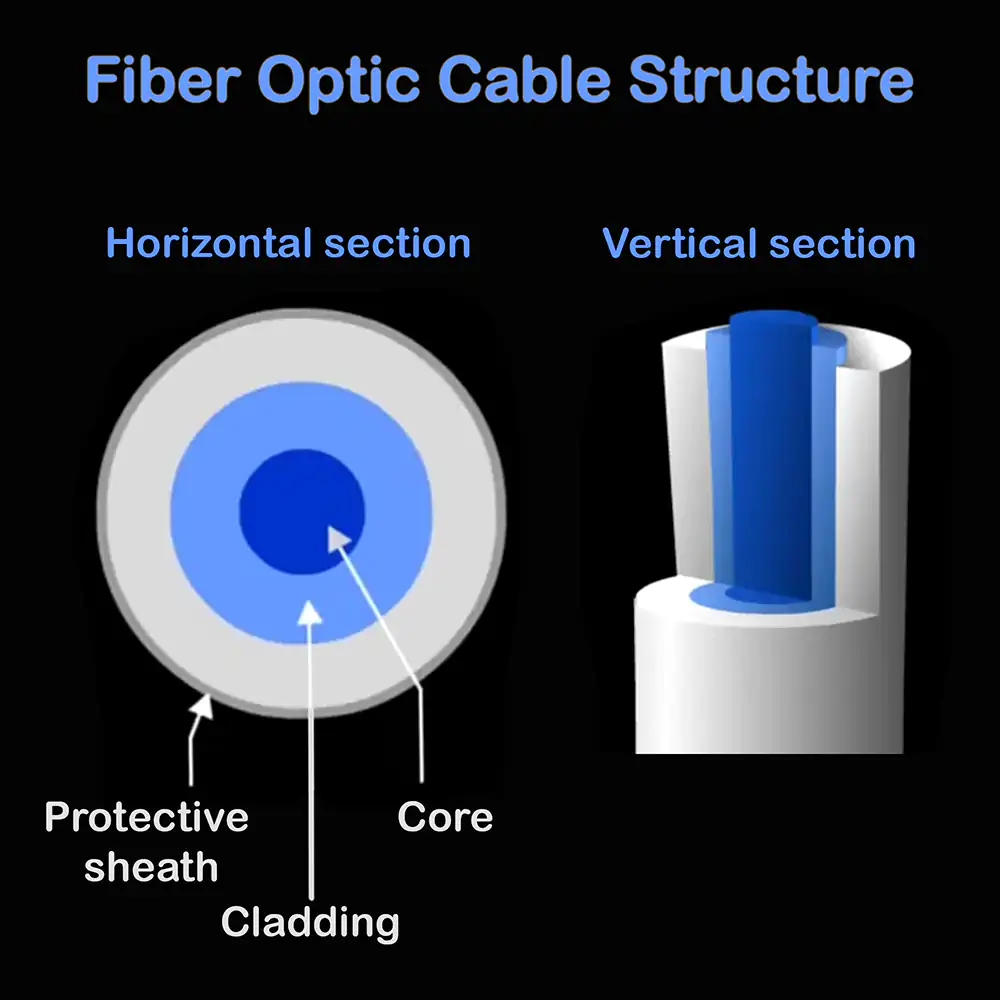
The inside of the fiber is made up of two different types of glass. The inner glass (Core) has a higher refractive index, meaning it bends light more than the outer glass (Cladding).
When light travels from the inner glass to the outer glass, it can reflect off the interface between the two glasses as long as the angle of the light is greater than a specific value. This phenomenon is called total internal reflection, and it allows the light to travel through the fiber without losing too much energy.
How do fiber optic cables work?
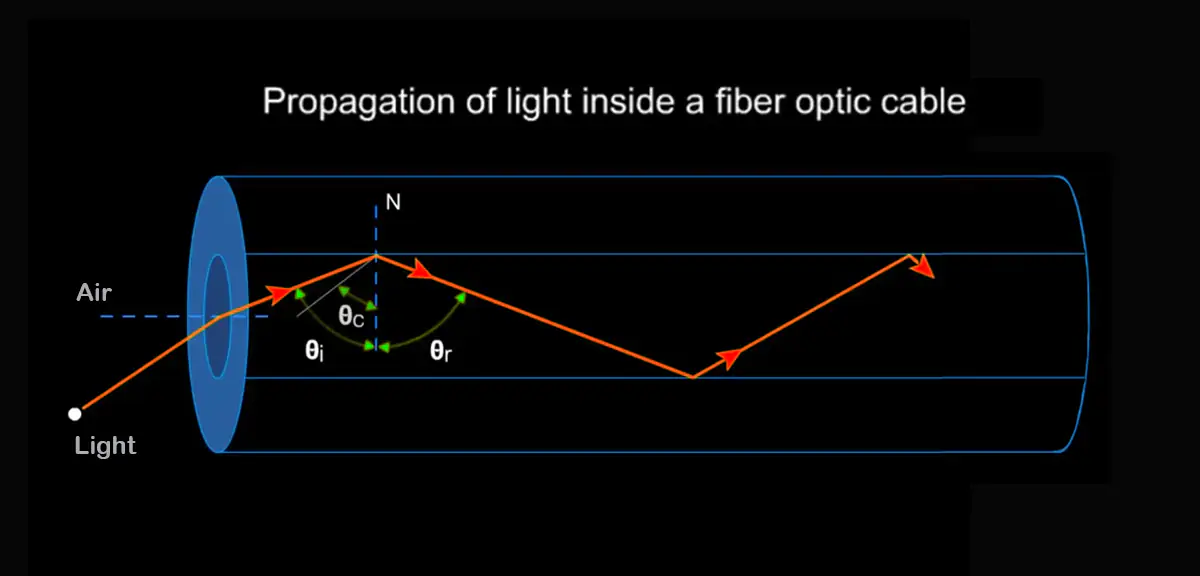
The only light that enters the fiber at a shallow angle or else less than the critical angle (Θc > Θi) can be refracted and travel through the fiber’s core. When light enters at a steeper angle or else greater than the critical angle (Θc < Θi), it is reflected back into the core due to the difference in refractive index between the core and the cladding layers. This allows the light to travel through the fiber without escaping.
When light enters at an angle less than the critical angle, it is refracted and travels through the fiber’s core. The cladding layer does not absorb this light. Light can also be scattered or absorbed by impurities in the fiber, but the cladding layer itself does not absorb the light that is transmitted through the fiber.
Light enters the fiber at a steeper angle and is reflected back into the core. Here, the angle that changes the refraction to reflection is called the critical angle. The critical angle depends on the difference in refractive index between the core and the cladding layers and is typically around 42 degrees for silica fibers.
Optical fibers can transmit the entire visible light spectrum and some of the infrared spectrum.
How is data transmitted in fiber optic cables?
An optical signal is a type of electromagnetic signal that uses light to transmit information. It’s like how a flashlight can send a message in Morse code by turning the light on and off.
In optical fibers, we use a particular type of light called an LED or an ILD to send the signal through an optical medium. At the other end of the optical fiber, there is a special device called a photodiode that can detect the signal. The photodiode works like a camera, but instead of taking pictures, it senses the light that’s being sent through the fiber.
To send information using the optical signal, we use a method called amplitude shift keying. This means that we make the light brighter or dimmer in a pattern to represent binary digits like the ones and zeroes that computers use to store and process information.
So, for example, if we want to send the letter “A” using binary digits, we might send a signal that looks like this: on-off-off-on-on-off-on-on. The photodiode on the receiving end can detect this bright and dim light pattern and translate it back into the letter “A”.
The LED and ILD signals can be modulated using this method, and the photodiode can detect the brightness modulation to receive the signal.
How does an optical fiber transmit light over a long distance?
What are the main aspects that limit fiber optic transmission distance?
Firstly, one of the main aspects that limit fiber optic transmission is signal attenuation. This means that the signal becomes weaker as it travels through the fiber. It’s like when you’re talking to someone far away, and your voice becomes quieter and harder to hear. This is known as fiber loss or signal loss.
Another important aspect that limits fiber optic transmission is dispersion. This is when the signal pulse becomes broader or wider as it travels along the fiber length. Think of it like a painting that gets blurry when you step away from it.
After a certain distance, the broad pulses start overlapping with adjacent pulses, which creates an error in the receiver. This means that the signal becomes harder to understand, just like how it’s harder to understand someone when they’re mumbling or speaking too quickly.
Because of these properties, the amount of information that can be carried by optical fiber is limited. This is why it’s important to carefully design the transmitter, receiver, and other network components to ensure that the signal can be transmitted and received properly.
How to boost light signal over long distances
In theory, the optical signal in a fiber optic cable should continue uninterrupted all the way to the other end of the fiber. However, even the most high-end and pure optical cables will have some imperfections in the real world.
These imperfections may be so small that they can only be seen at the molecular level, but they still cause some light to scatter, weakening the signal over distance.

As the signal weakens, eventually, it may become too weak to be understood by the equipment at the other end of the cable. This is where repeaters or amplifiers come in. These devices help boost the signal so it can continue over longer distances without being weakened too much.
Repeaters
Repeaters are used to boost the signal and allow it to continue over longer distances.
A repeater is typically placed at a point along the cable where the signal has weakened significantly but is still strong enough to be read. When the light hits the repeater, it is converted into an electronic signal. The electronic signal is then amplified and converted back into the light, which is then transmitted further along the cable.
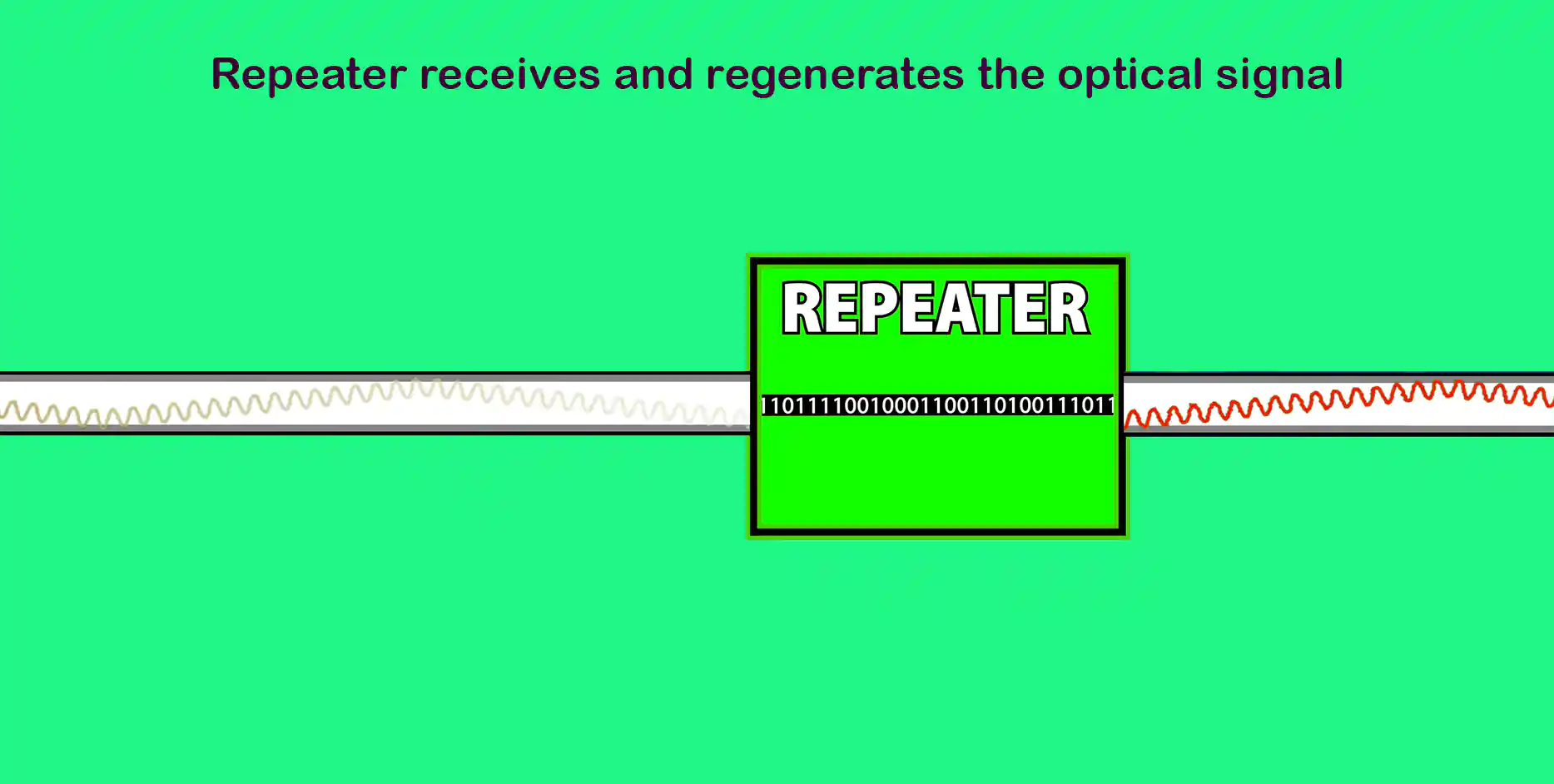
While repeaters can help restore the signal to its original strength, they have some drawbacks. One of the main disadvantages of using repeaters is that they introduce latency or delay into the communication system. Additionally, they add complexity and cost to the system.
For this reason, many modern long-distance fiber optic communication systems now use amplifiers instead of repeaters.
Amplifiers
An amplifier directly amplifies the optical signal without the need for any conversion to an electronic signal. This results in a faster and more efficient communication system with fewer components and less complexity. Usually, we use three types of amplifiers.
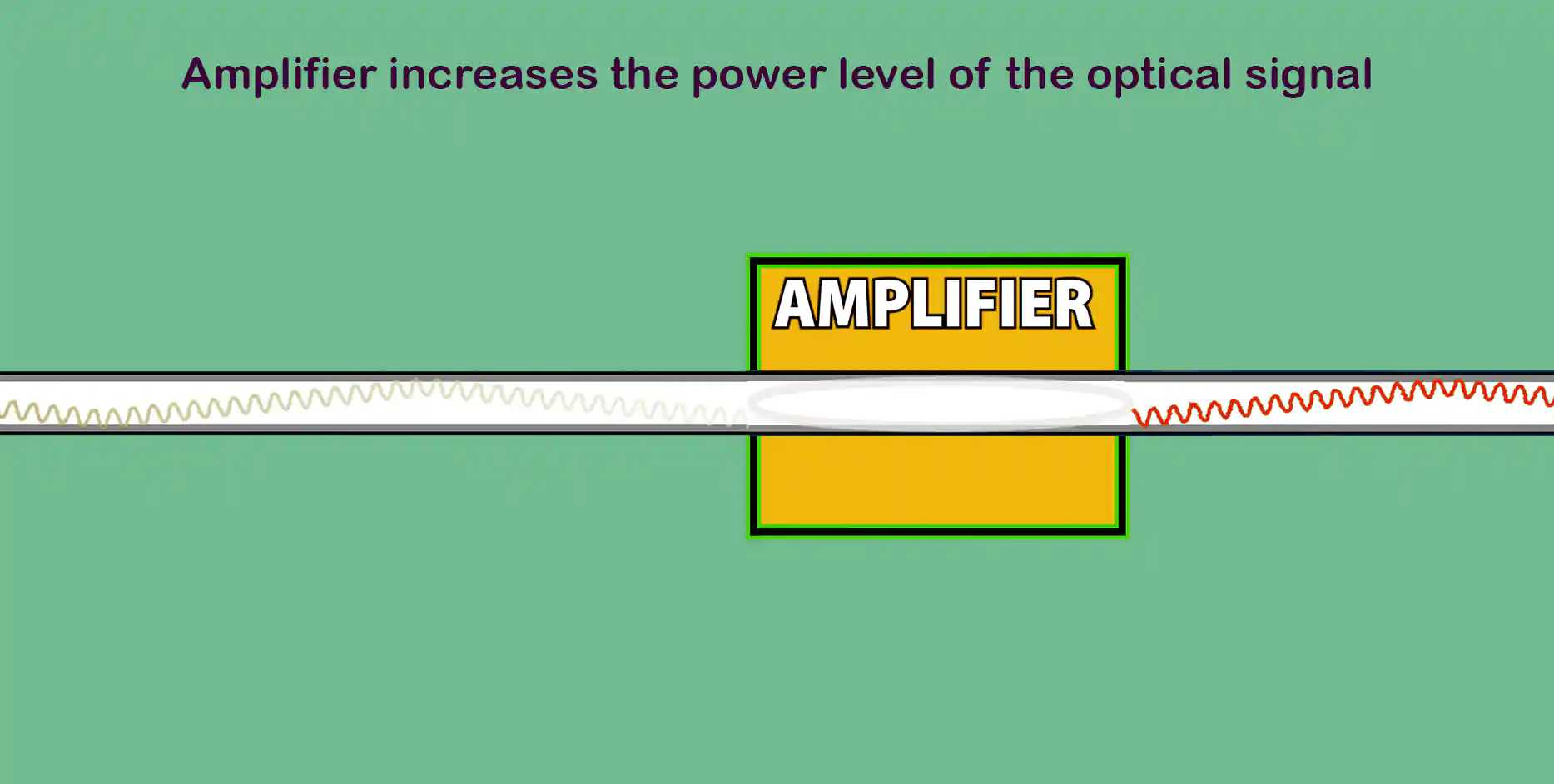
Power Amplifier
One way we can make optical fibers work better is by using power amplification. This means adding an optical amplifier to the sending end of the fiber, which increases the power of the light entering the fiber. This makes the signal stronger and helps it travel farther.
Relay Amplifier
Another way to make optical fibers work better is by using online relay amplification. This means adding relay amplifiers along the fiber line to help boost the signal as it travels long distances. This can be especially useful if there are multiple buildings or a large distance between the sending and receiving ends of the fiber.
Pre-amplifier
We can also use pre-amplification, which means amplifying the micro-signal that is received by the photodetector at the receiving end of the fiber. This helps to improve the ability to receive the signal.
Fiber optic cable transmission speeds
Fiber optic cables can achieve data transfer speeds of up to several terabits per second (Tbps) or even higher. However, current commercial fiber optic systems typically offer speeds of up to 400 Gbps or 1 Tbps. Also, the speed of the fiber optic cable depends on the technology used to transmit and receive data.
There are technologies like wavelength division multiplexing (WDM) or time division multiplexing (TDM), which can increase the data transmission capacity of a single fiber by transmitting multiple signals simultaneously or sequentially.
Summary
Fiber optic cables transmit data through glass cores that guide light pulses between transmitters and receivers. Core glass maintains a higher refractive index than surrounding claddings to contain illumination via total internal reflection off their boundary.
Information encoding modulates signal amplitude, resembling Morse code flashes. Receivers discern patterns and reconstruct messages.
Attenuation and dispersion naturally diminish transmissions over distance as signal power decreases and pulses broaden. Unlike repeaters, amplifiers directly strengthen light without conversion, enabling faster, simpler networks.
Power, relay, and pre-amplifiers respectively boost outgoing, relayed, and incoming signals. Wavelength and time multiplexing additionally increase throughput by simultaneous or sequential carriage of multiple transmissions.
While theoretical distances are unlimited, practical maximums reach terabits per second through current 400Gbps and 1Tbps commercial systems leveraging such ameliorative technologies. Proper design and components ensure reliable, extended connectivity.
FAQ
What transports the data in a Fibre optic cable?
Fiber optic cables transmit data using light signals sent through the cable’s core. The core is the physical medium that transports optical signals from an attached light source to a receiving device. The light signals are generated by a light source, such as a laser or LED, and are modulated to carry digital data. The light signals are then sent through the core of the fiber optic cable, which is surrounded by a cladding layer that helps to keep the light signal within the core. The light signals are then received by a photodetector at the other end of the cable, which converts the light signals back into digital data.
How is fiber optic data decoded?
Fiber optic data is decoded by a photodetector at the receiving end of the fiber optic cable, which converts the light signals back into digital data. The photodetector detects the light signals and converts them into electrical signals that can be processed by a computer or other digital device.
Does fiber optic transmit digital or analog?
Fiber optic cables transmit digital signals. The light signals that are sent through the core of the fiber optic cable are modulated to carry digital data. The photodetector at the receiving end of the fiber optic cable converts the light signals back into digital data.
Does fiber optic use a modem or router?
Fiber optic internet does not require a modem but instead uses an optical network terminal (ONT) to convert the optical signal into an electrical signal that can be used by a router or other networking equipment.
What wavelength is fiber optic?
Fiber optic transmission uses different wavelengths of light to carry digital data. The three main wavelengths used for fiber optic transmission are 850, 1300, and 1550 nanometers. Multi-mode glass fibers use light at 850 nm – 1300nm, referred to as “short wavelength,”. In contrast, single-mode fiber operates at 1310 or 1550 nm, called “long wavelength.


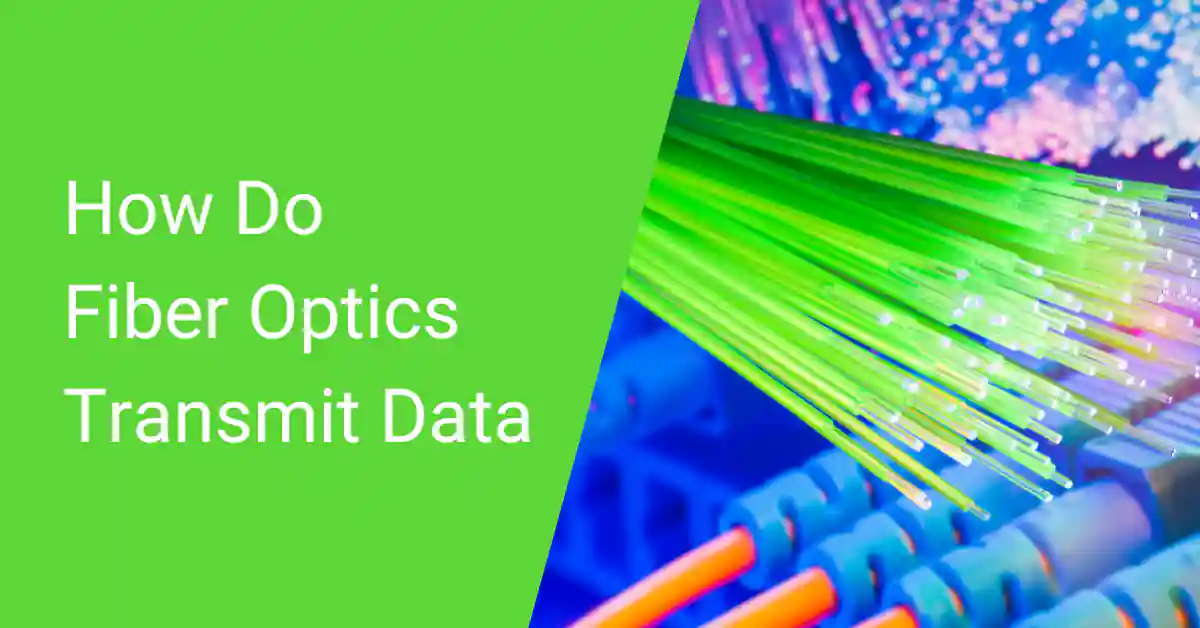
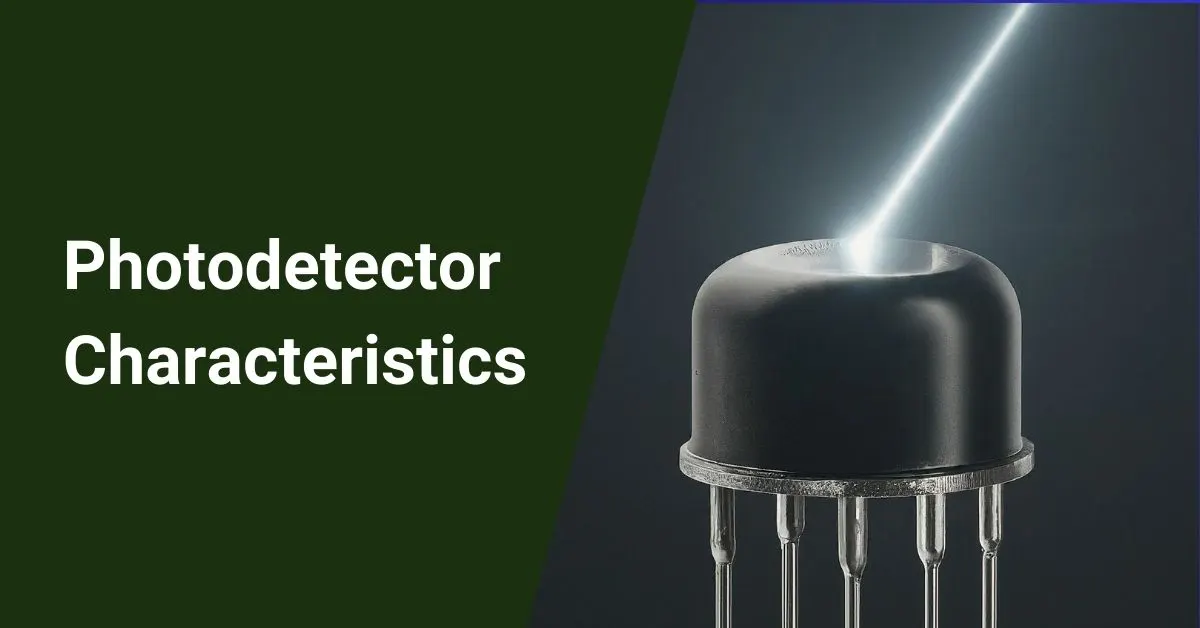
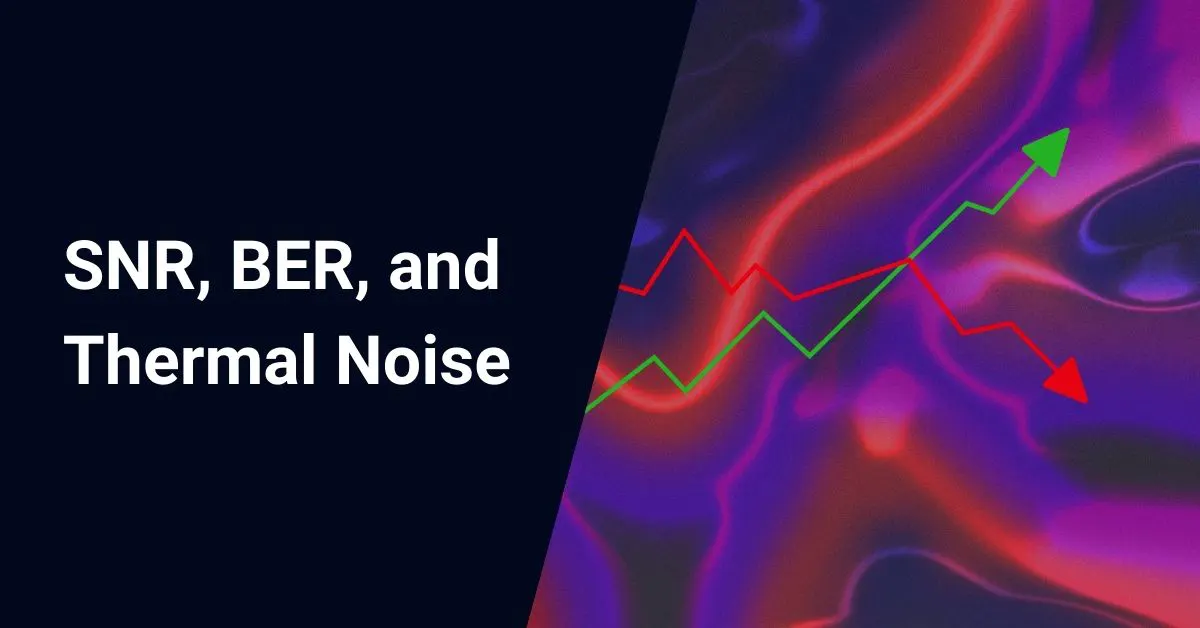
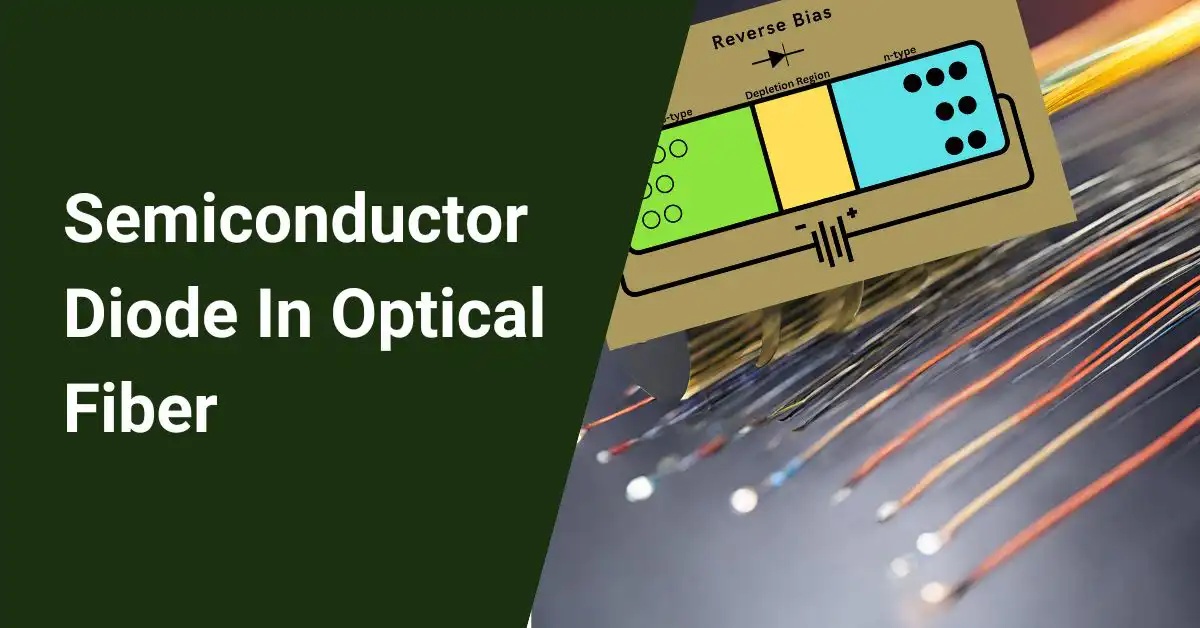
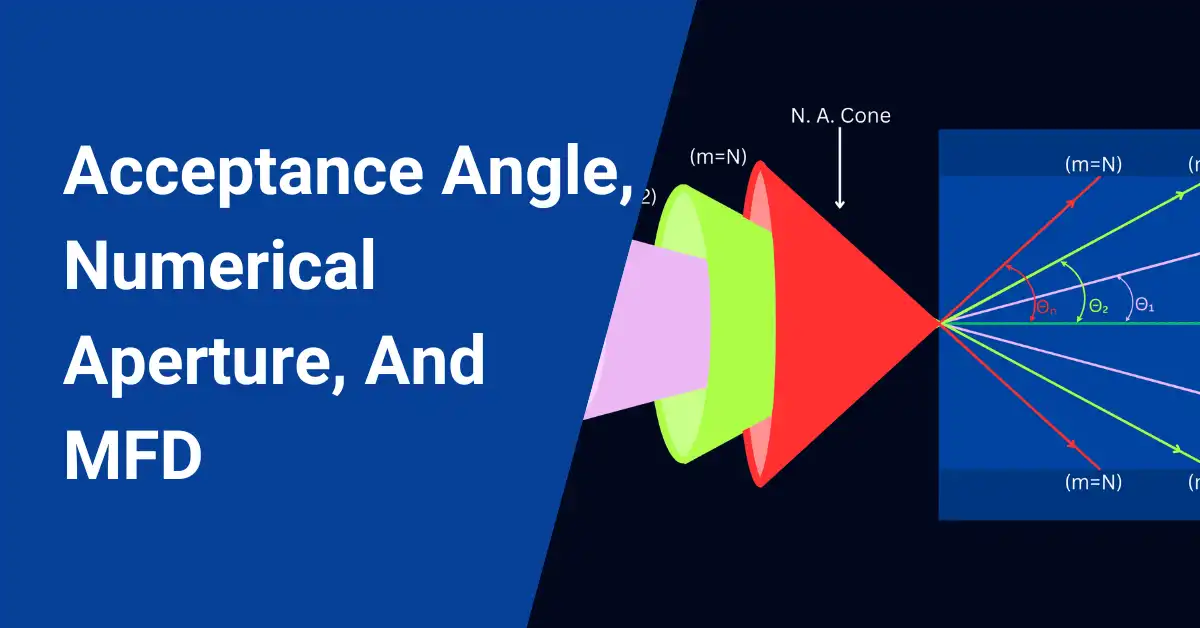
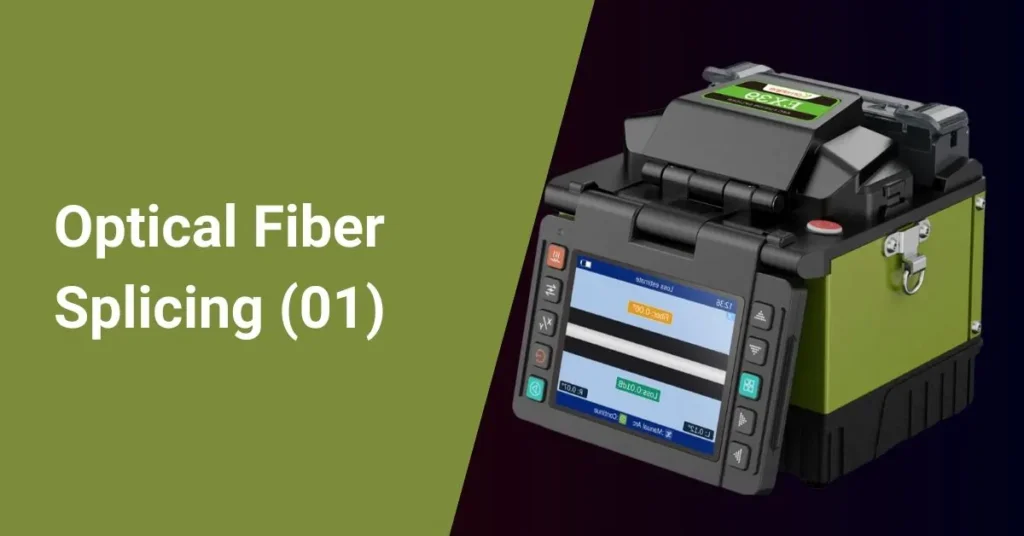
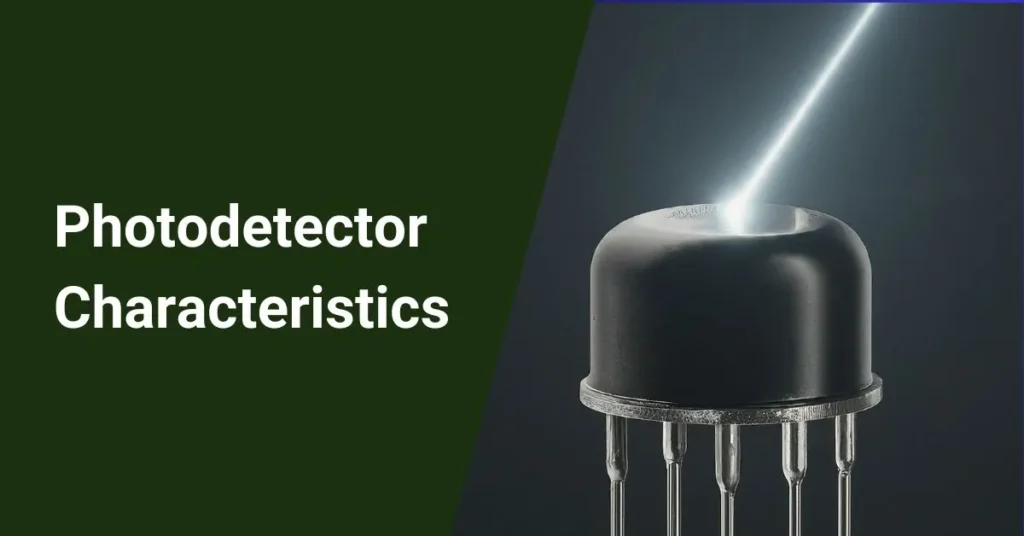
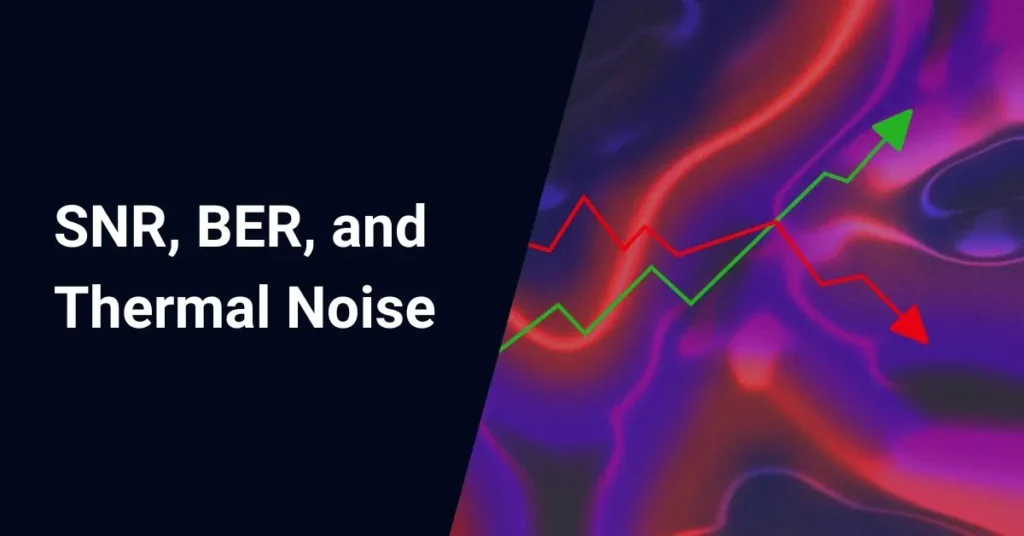

loved the article. Great job in explaining this in simple words. thanks!